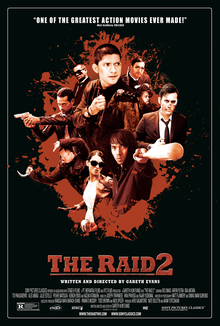Master Chief could have always used a cape.
Destiny is the far
future incarnation of our world, evolving with the intervention of alien
technology. The old world is wasteland: you find rebirth in Old Russia, where
rusted cars litter the landscape and wildlife slowly retakes the buildings that
stand on it. A floating orb calls itself your “ghost” and directs you to
safety. You have no idea what’s happening, but you’re not supposed to. You’ve
been dead for a while.
The premise is hardly new territory. Hell, at times it feels
like its older brother Halo. Waves of
alien troops descend upon you from spaceships, shouting their strange guttural
language. You are one of the select super soldiers tasked with protecting
humanity. Only there are a great deal more of you, and you’re supposed to work
together.
Here we have the similar gameplay as the Borderlands series, where you go out to
explore and shoot the threatening wilds. Each successful hit puts up a number
to let you know how much damage you’re dealing, and there’s satisfaction in
making those numbers bigger with a headshot. You level up your character through
frequent firefights punctuated with minibosses. These early missions don’t
provide much variety beyond go to this
point and interact with something or go
to multiple points and interact with more things, though that might change
as the game progresses. Progress seems to move more swiftly in some aspects,
however, as you’re not tied to a town hub just to get rid of gear. Within the
inventory menu, pressing a button breaks down a given item into “glimmer,” the
game’s currency.
My experience has been pleasurable. I don’t stop every few seconds
to think how Borderlands might have
done something better, so some of those comparisons may be unfair. The controls
feel tight and intuitive. Crouching while sprinting makes you slide across the
ground, giving you an illusion of security as you scramble for cover. Access to
iron sights offers varying levels of shot precision and control. Like the game’s
story, a lot of this is nothing new, but it’s virgin territory for Bungie.
Even on the PS3, Destiny
is a pretty game. Perhaps it’s simply the size of my TV, but I still like
the way the game works. Compared to its predecessor Halo, the colors are earthier but still colorful. Blue lights shine
everywhere like K-mart was responsible for the fall of civilization, but it’s
not a silly aesthetic. The armor of certain characters appear to have some
pseudo-fantasy feel to them, with fur collars and the like. It’s different
enough from the gamut of sci-fi shooters to give the world its own unique
flavor.
The game won’t be able to avoid Borderlands comparisons, which is a shame. Destiny does a lot that Borderlands
and other shooters already did, except that it attempts to do it in a larger
massively multiplayer scale. To what end this scale shall manifest is still
unknown to me. Missions I’ve played are limited to three players, and though
the game makes matches with other players working on the same level, it seems
all too random. Whether it succeeds at its MMO-like aspirations has yet to be
seen, however, since we’re still in beta. It’s clear they want this to be a
social game, not quite like Halo and
its matchmaking, but on that grander scale. As of right now, it doesn’t offer
that sense of wonder that inspires and encourages exploration that so many
MMORPGs offer, but then again that may change. Until then, I’ll continue to
struggle with the game’s mechanical identity.





